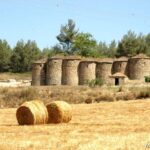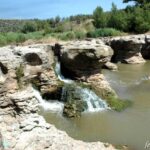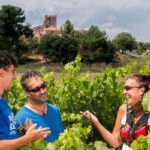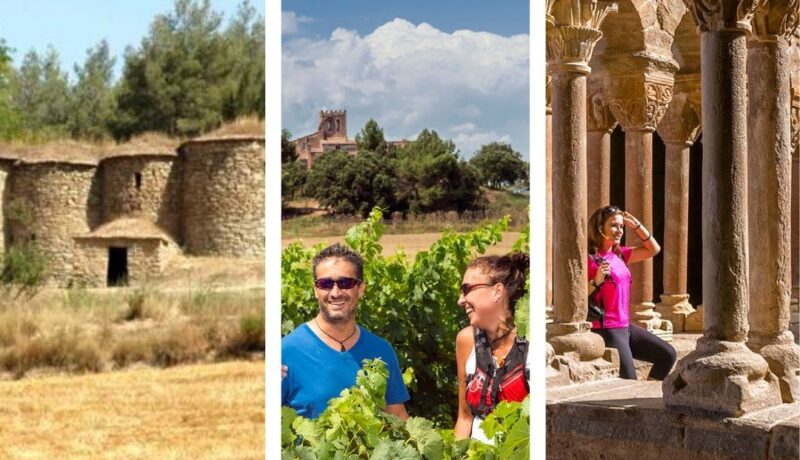This is where you’ll get to see the rural heritage of the tines de pedra seca, dry-stone grape-pressing circular buildings built in or near the fields. These are unique to Catalonia and are beautiful structures that are both harmonious to look at and, at the same time, well-preserved. They are dotted around in groups of various units where the farmers stored the grapes and then pressed them into wine that was kept beneath to start the fermentation process.
Artés is also a great place to stop. This little village, with wine-growing origins, has wine cellars to visit, and is well-known for its own variety of grape, the picapoll, considered a tradition of the Plain of the Bages region and certified as an authentic type of grape (denominació d’origen, or DO as it is known on the label).
The last stop would be l’Estany, a little village that has a monastery founded in 1080, and an authentic Romanesque jewel, its outstanding cloisters. L’Estany, meaning literally ‘the lake’ in Catalan, does not exist as such anymore but has many interesting testimonial sites to visit associated to its past such as the mine, an amazing engineering feat that achieved the drainage of the lake, and the channels that drain the runoff water into the mine.

Dry-stone grape-pressing circular buildings

Llobregat river in Bages area

Wine tourism in Bages region
©Òscar Rodbag


